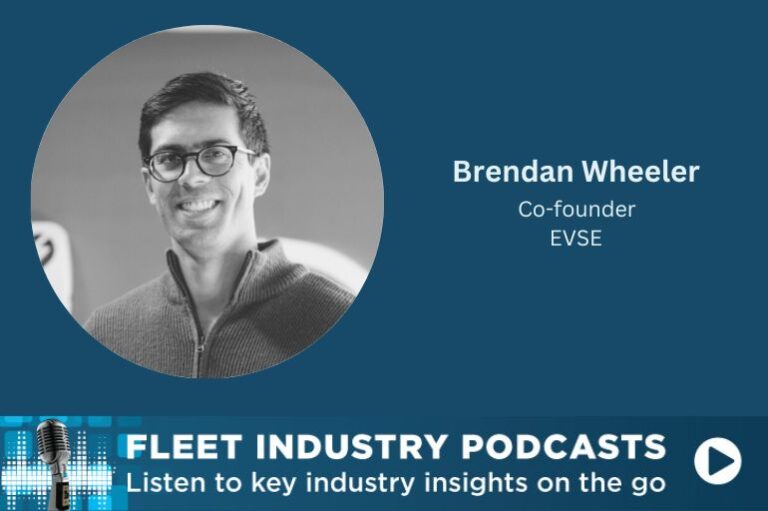Brendan Wheeler, who co-founded EV charger supply group EVSE in 2015, talks to Fleet News Group podcast (Listen on Apple Podcasts or Spotify), about Australia’s new EV strategy, the outlook for EVs and charging infrastructure and gives a template for fleet managers to follow when making the transition.
Wheeler said the Federal Government EV strategy released mid April is a great step in the right direction.
“I’m really excited to see how it helps stimulate the market,” said Wheeler.
And relieved, as it’s come after a lost decade. “Despite all that was happening overseas and with OEMs committing to phasing out petrol vehicles, we were in the wilderness with where we were going as a nation.”
The central plank of the government’s EV strategy is to introduce fuel efficiency standards so as to encourage car makers to supply more EVs and more models to Australia. Fuel efficiency standards set an average emissions target and OEMs pay a levy if they go over it. In effect it means OEMs need to offset sales of high emissions vehicles with sales of low emission vehicles.
The detail of the Australian fuel efficiency standard hasn’t been released yet. Wheeler expects it will be in line with standards set by the U.S. and New Zealand.
Presently, Australia and Russia are the only advanced economies in the world that don’t have fuel efficiency standards. According to the government’s EV strategy document, “On average, new cars in Australia use 40 percent more fuel than the European Union, 20 percent more than the United States and 15 percent more than New Zealand.”
The EV strategy, coming soon after the government’s discount on the Fringe Benefit Tax for non-luxury EV vehicles, is going to further stimulate the market, said Wheeler.
“We’re seeing a lot of inquiries and growth week on week, month on month. What we’re seeing most importantly is more action as well,” said Wheeler, adding a couple of years ago it was just inquiries. Now people understand, he said, “It’s not a matter of if, it’s a matter of when, and they need to take those first steps.”
Wheeler, having plunged into the EV sector in its infancy in Australia (firstly as an online business), has overseen expansion to three capital city offices — Sydney, Brisbane and Melbourne — with 40 employees. He said it’s the country’s biggest supplier of EV charging equipment — software and hardware, and installations. EVSE services residential, commercial, fleet, government and public applications.
“Being so early in the market, being EV drivers ourselves, the user experience is something that is crucially important to us,” said Wheeler, adding, “For this technology to become mainstream, it needs to be simple. It has to be easy. And it needs to be intuitive. So that drives us as individuals and as an organisation.”
As indicated earlier, a lot of EVSE’s work begins with inquiries and educating people.
“A lot of our conversations start with people approaching us saying they need 150 kilowatt DC charger. We’ve really got to take them all the way back to the start and ask some of those fundamental questions, such as, how many vehicles do you have? How far are they driving? How long have they parked for, and really go into a bit more depth and detail around those aspects to then come up with a final solution. We understand that this is step one of a multi-step journey for a lot of fleet operators or corporates who are looking to transition.”
Wheeler talks about working with western Sydney local government organisation Canterbury Bankstown Council. “They operate one of the largest EV fleets in the country,” said Wheeler. EVSE started working with the western Sydney local government organisation in 2018 and has helped them expand from an initial sole charging site to four sites, with some 50 chargers. The council is now decentralising charging from depots to homes for certain driver-assigned vehicles.
The case study “Speaks to that need to work with someone on an ongoing basis that can support you as that as that journey evolves,” said Wheeler.
Meanwhile, federal state and local government EV policies are aligning which should “really help to set the foundation for explosive growth over the next few years”.






